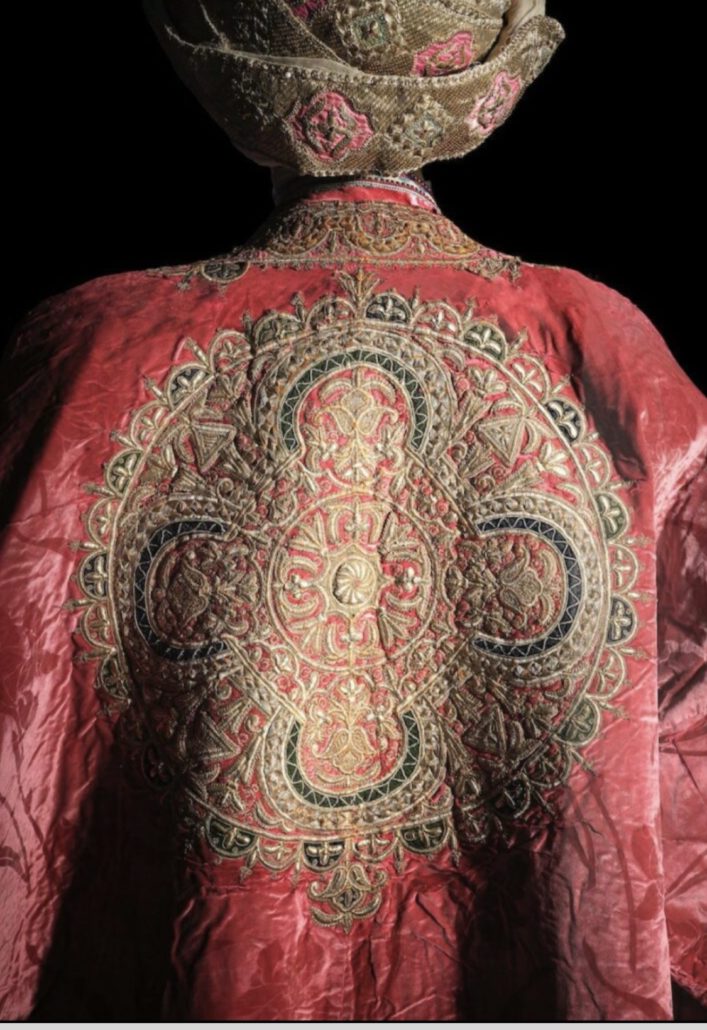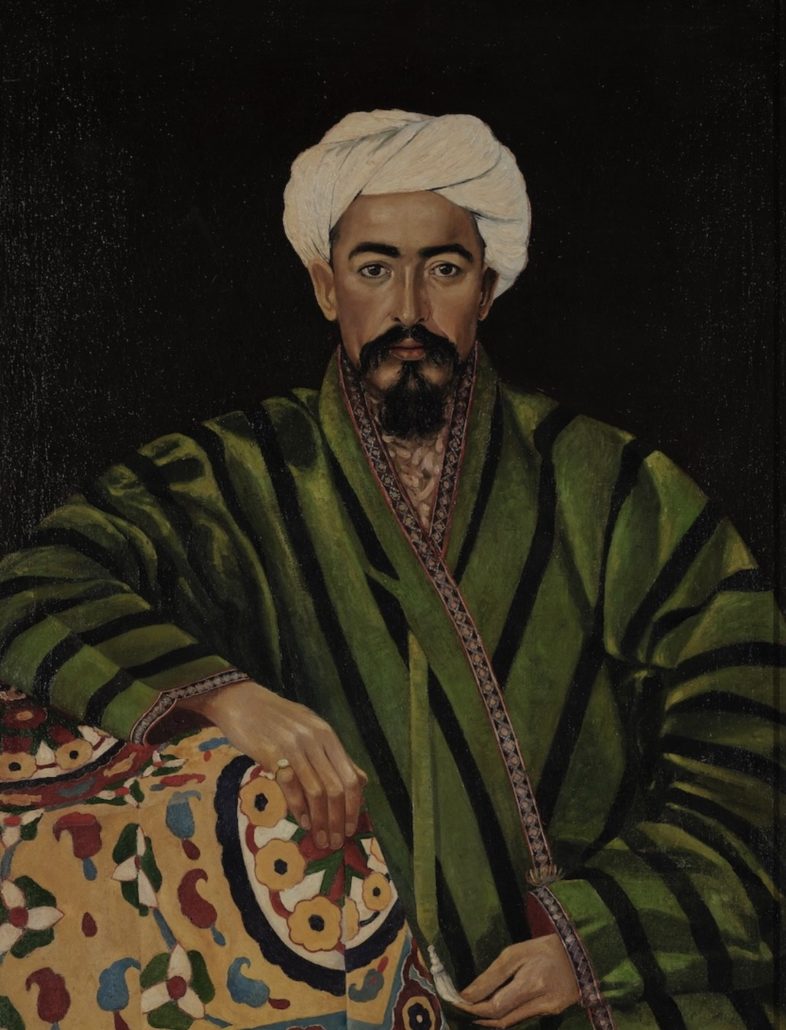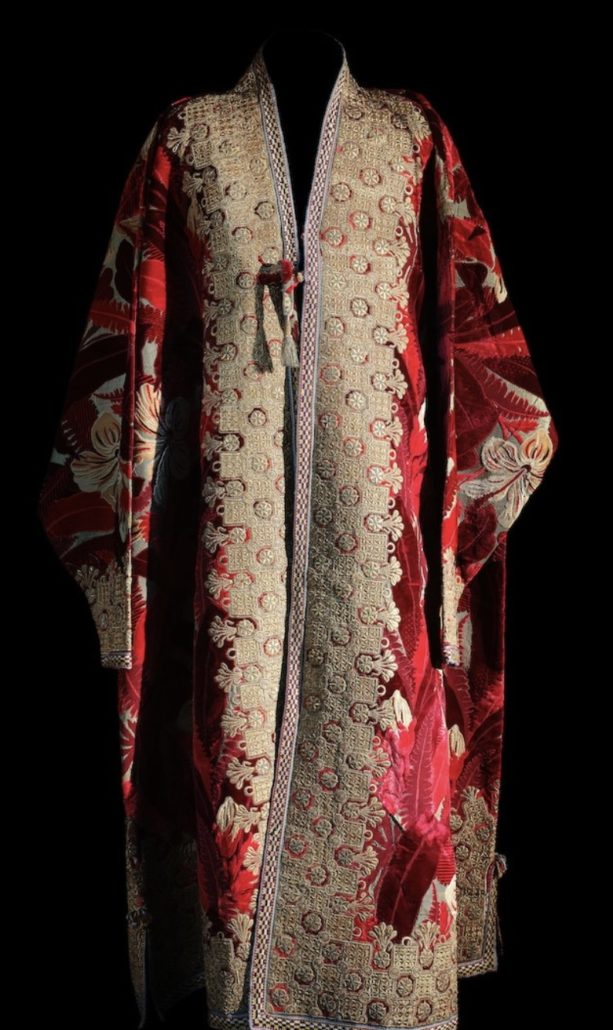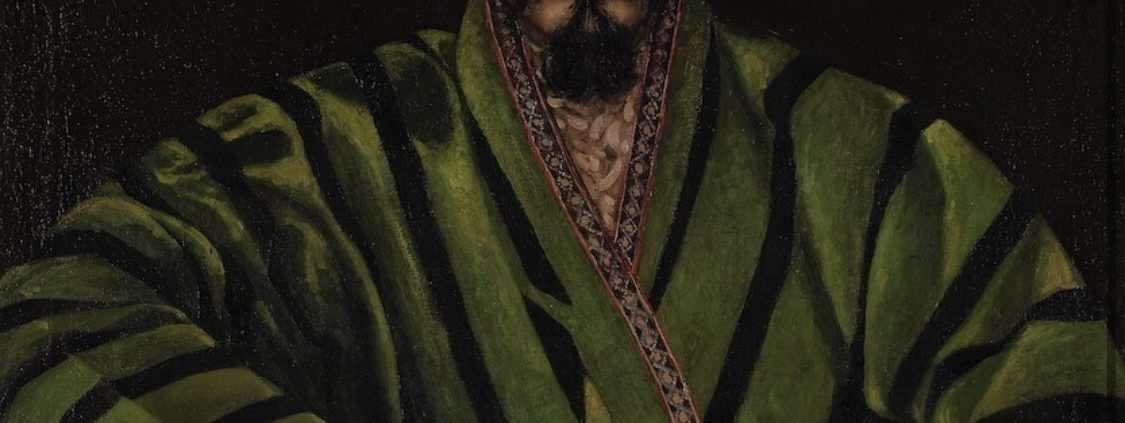On the roads of Samarkand
Wonders of silk and gold

Sumptuous gold-embroidered chapan coats and accessories from the Emir’s court, painted wooden saddles, silver horse harnesses set with turquoises, precious embroidered suzani hangings, carpets, silk ikats, jewelry and costumes from the nomadic culture as well than about fifteen orientalist paintings: over a course deployed over more than 1100 m² are deployed nearly 300 new pieces, representative of the treasures of Uzbekistan.

“On the Roads of Samarkand” magnifies the renaissance of the splendor of craftsmanship in the 19th and early 20th centuries, constitutive of Uzbek identity. Textiles, like the powers of the Islamic world, play a key role in this; Bukhara embroidery, in particular, occupies a special place among the many art forms of Uzbekistan. It was during the Emirate of Bukhara (1785-1920) that gold embroidery reached its peak and its fame in terms of technique, quality and above all creativity. A number of splendid and monumental productions – chapans, dresses, headdresses, saddle cloths mixing colors and gold – reserved for the court and for diplomatic gifts were exclusively made in the private workshop of the emir and bear witness to his opulent art of living.

Many other pieces are to be discovered throughout the exhibition, offering a broader perspective of the society of the time, including the famous ikats and their anthology of colors, weavings resulting from ancestral techniques, and regional stylistic specificities. from Khorezm, the Ferghana Valley or the Karakalpak region, where accumulations of jewelry extended the female wardrobe.

At the turn of the century, Turkestan – a territory that covered the future republic of Uzbekistan – was the destination of choice for many artists from Central Asia and Russia. New art schools were created in the 1920s; an Uzbek school is born, of which Alexandre Volkov (1886-1957) takes the head. The painters will discover this territory and find in the richness of the landscapes, shapes, colors and faces of Central Asia a unique inspiration. This is how we find, in the subjects worked, the carpets, suzanis, chapans and ikats presented in the exhibition, each artist approaching this quest for elsewhere and exoticism by following his own style.

